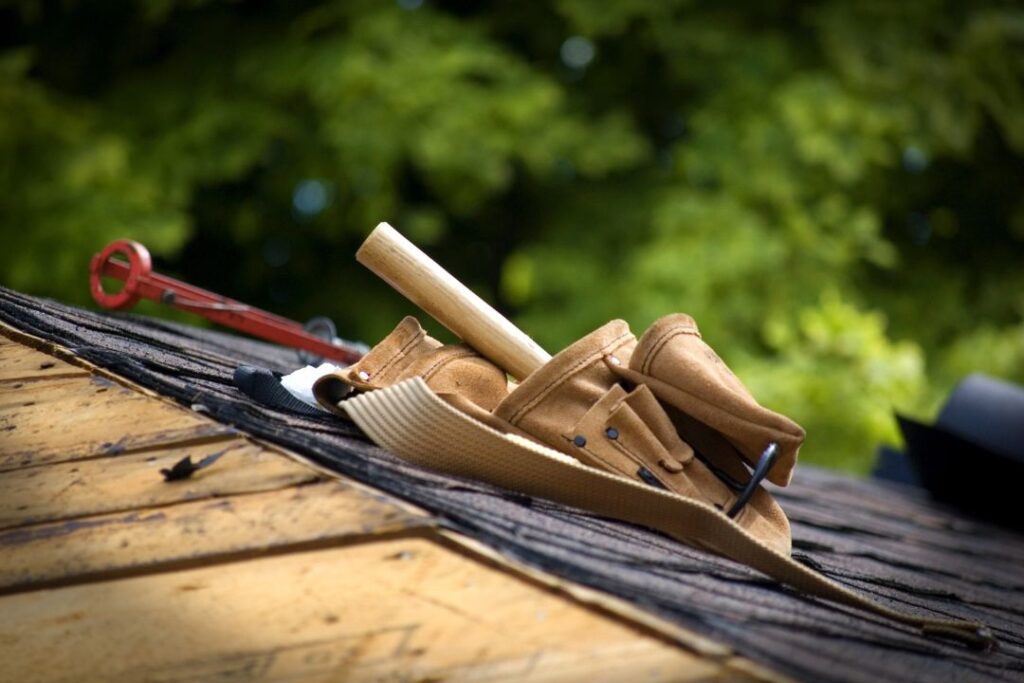
Roof replacement is a significant investment in your home, and understanding the costs, process, and factors involved is essential for a smooth experience.
Whether you are looking to replace an old roof or prepare for unexpected repairs, knowing what to expect can help you make informed decisions and prevent surprises.
Prices vary depending on the materials, size of the roof, labor costs, and other factors. Proper planning ensures safety, efficiency, and longevity of your new roof.
Sun Softwash is here to provide a comprehensive Roof Replacement Cost Guide to help you navigate this crucial home improvement project.
When Does Your Roof Need Replacement in New Zealand?
1. Age of the Roof
The lifespan of a roof depends largely on the materials used. For instance, asphalt shingles typically last 20–25 years, while metal roofs can last 40–50 years.
If your roof is nearing or has surpassed its expected lifespan, it may be time to consider a replacement. Older roofs are more prone to leaks, weakening, or other issues.
2. Visible Damage
Signs of visible damage such as missing, curled, or broken shingles or tiles may indicate that the roof is compromised. Strong winds, storms, or heavy rainfall often cause such damage. Once significant portions of the roof are damaged, repairs alone may not suffice. A new roof will prevent leaks and further structural damage.
3. Damage to Pipes Due to Water Leaks
Leaking roofs can cause damage to internal systems, including water pipes. If your roof is leaking frequently, it’s crucial to address the issue before water causes extensive damage to your home. A Roof Wash service may help remove moss or mold, but significant damage often requires a full replacement.
4. Sagging Roof System
A sagging roof can be a dangerous sign of moisture damage, decay, or structural failure. If the roof shows signs of sagging, it’s essential to replace it immediately to prevent the risk of collapse. Replacing the roof ensures the safety and stability of the entire home.
5. High Maintenance Costs
If your roof requires frequent, expensive repairs, a replacement may be more cost-effective in the long term. Continuous patching can be costly and might not address underlying issues. A new roof offers better durability and minimizes the need for ongoing repairs.
A Step-by-Step Roof Replacement Cost Guide: What to Expect and How to Budget
What to Expect from Roof Replacement
- Roof Inspection
A roof inspection will be the first step. Professional technicians assess the roof for structural damage, leaks, or other issues that may require a complete replacement rather than simple repairs. - Material Selection
Common roofing materials include asphalt shingles, metal, slate, and tiles. Each material varies in cost, durability, and maintenance requirements. Your choice of material directly influences the overall cost and lifespan of the roof. - Site Preparation
The area around the house may need to be cleared of obstacles like overgrown trees or shrubs. Gutters may also need repairs or replacement. Ensuring that safety precautions are in place to protect both workers and property is crucial. - Roof Removal and Replacement
The old roofing material is removed, and the roof deck is inspected for damage. Any damaged wood or structural elements are replaced before the new roofing material is installed. This includes laying down flashing, vents, and other components, followed by final inspection. - Debris Removal and Final Inspection
After the roof is replaced, the area is cleaned up. An inspection is conducted to ensure everything is installed properly, including water-resistant tests and functionality of gutters and downspouts. The entire process typically takes a few days to a week, depending on the roof’s size and complexity.
How to Budget for Roof Replacement
Budgeting for roof replacement requires careful planning and estimating. Here are the key factors that impact your budget:
1. Estimate Costs Based on Roof Size and Material
The first step is to estimate costs based on the size of your roof and the materials you plan to use. Metal and slate roofs are more expensive, while asphalt shingles are typically more affordable. Labor costs will vary depending on the complexity of your roof and local rates.
2. Consider a Contingency Fund
It’s wise to set aside an additional 10-20% of your budget as a contingency fund. This helps cover unforeseen expenses, such as hidden water damage, structural issues, or other complications that may arise during the replacement.
3. Get Multiple Quotes
Always get quotes from at least three contractors. Make sure to choose a professional with experience, proper licensing, and good reviews. While lower quotes might seem attractive, they may not always reflect the quality of work.
4. Consider Long-Term Savings
It can be tempting to choose cheaper materials to save money upfront, but investing in higher-quality, longer-lasting materials will save you money in the long run. High-quality materials require less maintenance and fewer repairs, ultimately extending the lifespan of your roof.
5. Plan for Ongoing Maintenance
After the roof is replaced, consider setting aside funds for ongoing maintenance, such as regular cleaning and inspections. This ensures that your new roof continues to perform well and lasts for many years.
Conclusion
Roof replacement is a significant but necessary investment for the security and longevity of your home. With proper planning, budgeting, and choosing the right materials, you can ensure that your roof replacement project goes smoothly and efficiently.
Consider the long-term costs, select experienced contractors, and plan for regular maintenance to protect your home for years to come.
If you’re ready to get started, consult a professional to help with your roof replacement needs. Sun Softwash offers guidance and services to ensure your home stays in top condition.
Hopefully, this Roof Replacement Cost Guide has been helpful in preparing you for the next step in securing your home!